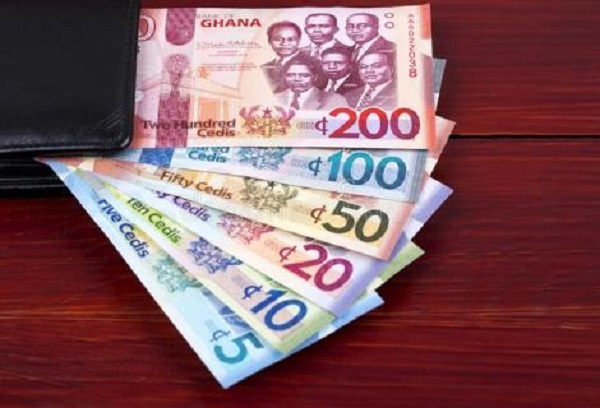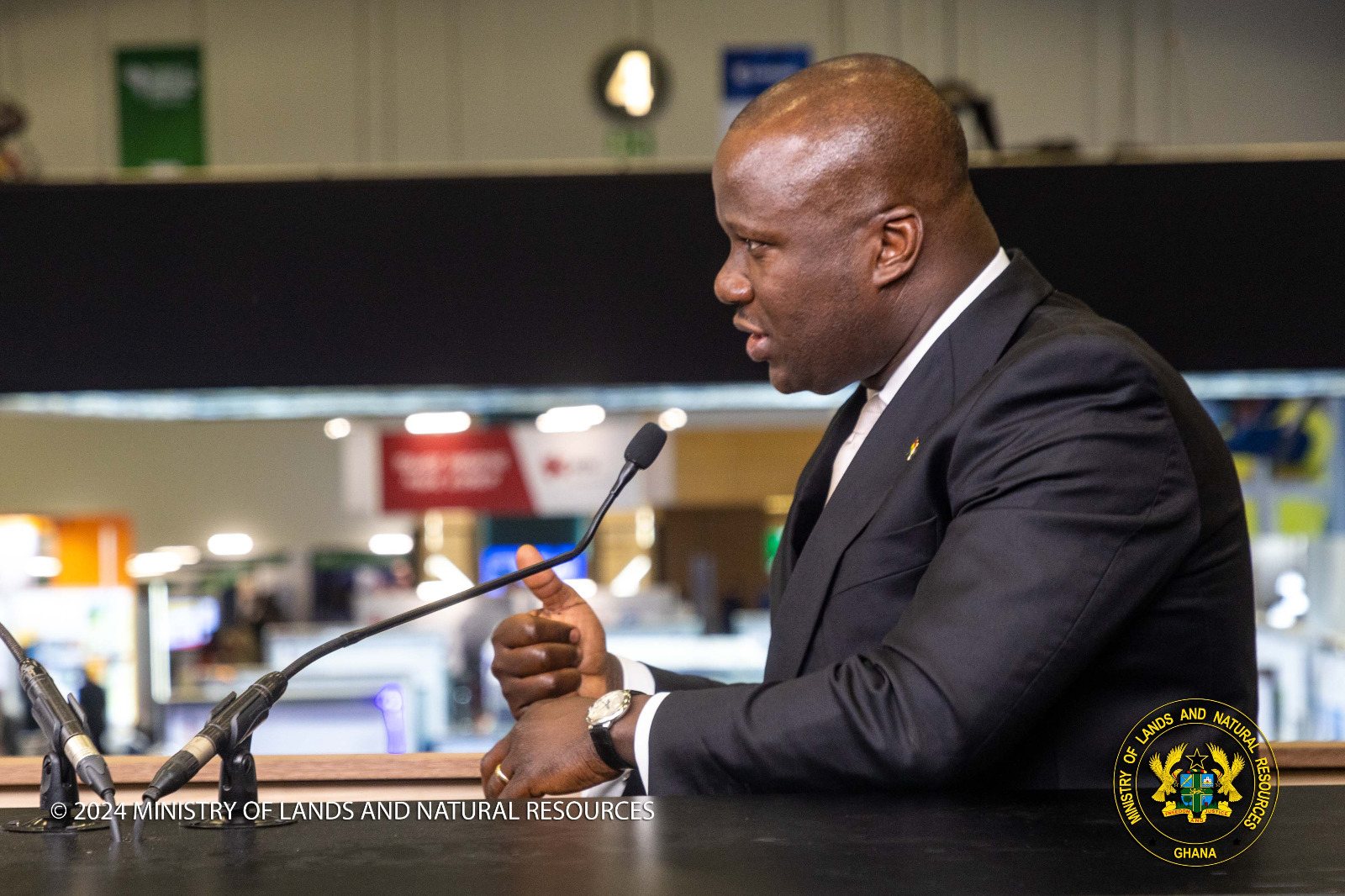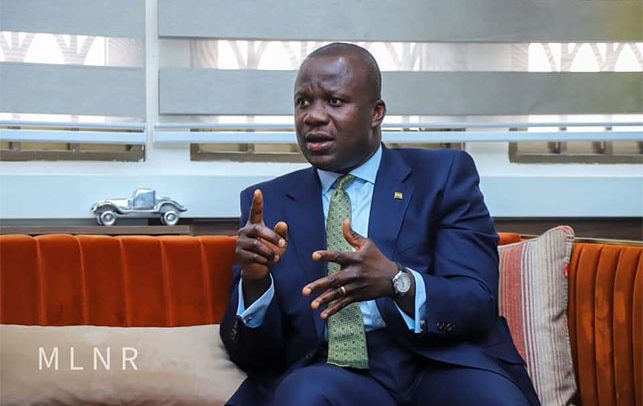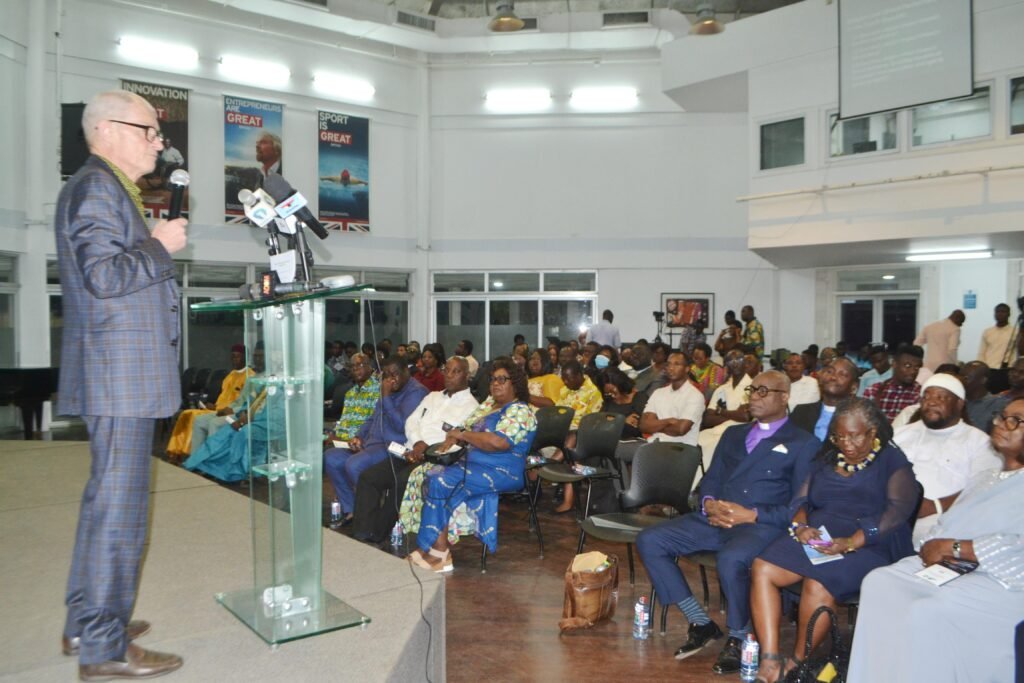
In an analysis of the strength of all African currencies against the United States Dollar, published by multiple African economic journals, including Pan African news outlet, Africanews.com, the Cedis came out top in the sub-region and was also rated the third strongest currency in Africa against the US Dollar.
On the African continent, the Cedi was ranked only behind Libya and Tunisia's Dinar.
Morocco's Dirham and Botswana's Pula followed Ghana's Cedis at 4th and 5th respectively, to complete Africa's top 5 strongest currencies.
Apart from the Cedi being ranked the highest in the sub-region and third on the African continent, the Cedi also remained the only West African currency among the top 10 strongest African currencies against the US Dollar.
The strong performance of the Cedi has been described as rare among many Africa's currencies and economies, which continue to lag behind due to the ongoing Covid-19 pandemic.
Many currencies within the continent, including Nigeria's Naira and South Africa's Rand, were not rated among the top ten strongest African currencies because they continue to sharply lose value against the US dollar or the pound.
The high international rating of the Cedi corroborates the latest Monetary Policy Report released by the Bank Of Ghana.
According to the latest report by the Bank of Ghana, the Cedi has shown a cumulative year-to-date depreciation of just 1.7% for 2021, which is the lowest rate of Cedi depreciation since 1992.
Financial analysts have predicted that the Cedi will end 2021 with its strong performance against the US Dollar.
Below is the rating as published by variously:
1. Libyan Dinar (1 USD = LD 1.41)
The Libyan Dinar has maintained its solid position for quite many years as the strongest currency as compared to the dollar.
Despite the ongoing conflict after the toppling of the longtime ruler Muammar Gaddafi, the North African country has maintained a low turnover of its currency to the US dollar.
2. Tunisian Dinar (1 USD = DT 2.87)
Another north African country is on spot for taking up position two. Despite the recent Covid-19 demonstrations and a struggling economy, Tunisia has shown quite some resistance to the US dollar. Tunisia also enjoys very formidable import and export policies with its conversions being static and cautioned through its stiff regulations.
3. Ghanaian Cedi (1 USD = GH 5.49)
Ghanaian currency is the leading within the sub-Sahara Africa but still appears in position three after Libya's Dinar and Tunisia's Dinar. Touted as the beacon of democracy in Africa, the Ghanaian Cedi enjoys a greater GDP per capita which is the largest in West Africa.
4. Moroccan Dirham (1 USD = MAD 9.20)
Morocco has in many years pegged its currency at 60% to the Euro and 40% to the USD. Morocco also enjoys doing direct trade with various European nations given its closeness to Europe.
5. Botswana Pula (1 USD = P 11.6)
The strength of the Pula is a result of the country’s exemplary economy and political structure.
6. Zambian Kwacha (1 USD = ZK 13.4)
Zambia is the leading copper producer in Africa and its currency largely depends on global copper prices.
7. Seychellois Rupee (1 USD = SR 13.64)
Described as a haven of luxury tourism, Seychelles has a very strict monetary policy that has seen its currency strengthened. With its low population of over 100, OOO people have also played part in boosting its GDP.
8. South African Rand (1 USD = R 14.87)
Africa's leading gold producer, South Africa, heavily relies on the commodity to boost its economy. Other southern African countries like Malawi even peg their economies to the Rand.
9. Eritrean Nakfa (1 USD = NFK 15.00)
The north African country has a fixed exchange rate that protects its currency from devaluation.
This has also been boosted when it recently amended ties with its former bitter rival, Ethiopia, opening up trade between the two countries.
10. Egyptian Pound (1 USD = E£ 15.86)
Egypt has implemented a series of tough economic measures, including devaluing the pound, slashing energy subsidies and introducing a value-added tax, to help meet conditions of a $12 billion IMF loan. Despite this, the state introduced interest rates to attract domestic and foreign investments. This has seen its currency steady over time. Read Full Story












Facebook
Twitter
Pinterest
Instagram
Google+
YouTube
LinkedIn
RSS